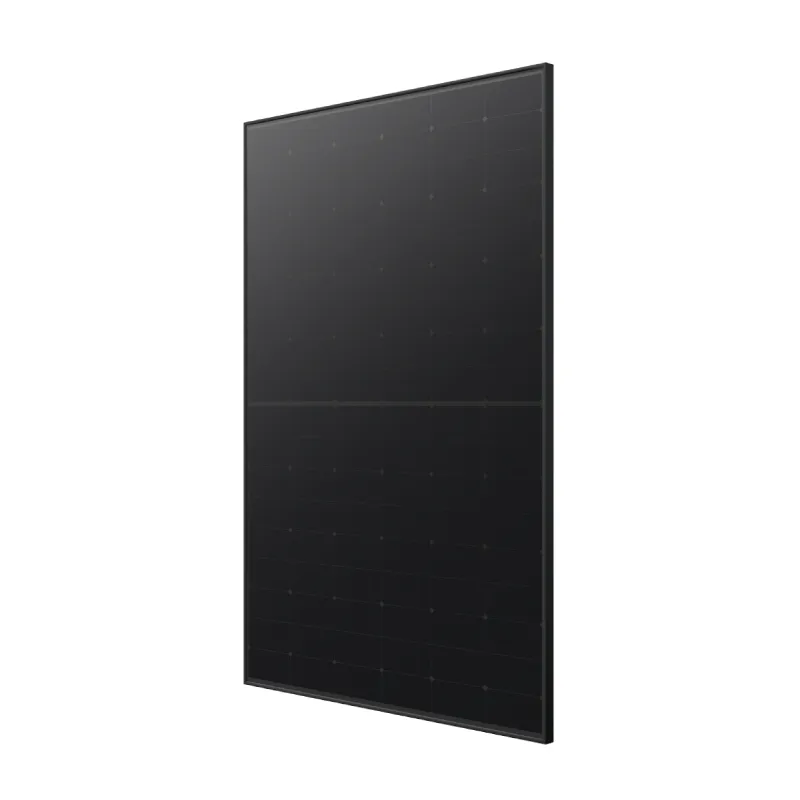bifacial solar panels vs monofacial
Bifacial Solar Panels vs Monofacial Solar Panels A Comprehensive Comparison
As the world pivots towards renewable energy sources, solar power has emerged as a frontrunner in reducing dependency on fossil fuels. Among various advancements in solar technology, bifacial solar panels have gained popularity and attention alongside the traditional monofacial solar panels. This article aims to compare both technologies to help consumers and businesses make informed decisions regarding their solar energy investments.
Understanding Bifacial and Monofacial Solar Panels
Monofacial solar panels are the most common type, featuring a single layer of photovoltaic (PV) cells that convert sunlight into electricity. These panels are designed to absorb sunlight from only one side, typically the top-facing side. Their installation is straightforward, generally mounted on rooftops or solar farms where exposure to direct sunlight is optimal.
On the other hand, bifacial solar panels utilize dual-sided solar cells, allowing them to capture sunlight from both the front and the rear. This unique design enables them to reflect light from the ground or nearby surfaces back to the rear side of the panel. As a result, bifacial panels can generate more electricity than their monofacial counterparts under similar conditions.
Efficiency and Power Output
One of the key advantages of bifacial solar panels is their enhanced efficiency. Research indicates that bifacial panels can produce 10% to 20% more electricity than monofacial ones, depending on the albedo effect—the amount of sunlight reflected from the ground. Environments with lighter surfaces, such as sand or snow, can significantly boost the power output of bifacial panels.
While monofacial panels can efficiently convert sunlight into electricity, they lack the dual-sided functionality that bifacial panels offer. In optimal conditions, monofacial panels can reach efficiencies ranging from 15% to 22%. Bifacial panels, however, demonstrate higher potential due to their ability to utilize reflected sunlight, making them a compelling option for large-scale solar installations.
bifacial solar panels vs monofacial

Installation and Maintenance
Both bifacial and monofacial panels require similar installation processes, but there are nuances to consider. Bifacial panels need to be positioned properly to effectively capture sunlight from both sides, which may require more careful planning and placement than monofacial panels. Installing bifacial panels in areas with high albedo surfaces can further enhance their performance, but this might not always be feasible in urban settings.
Regarding maintenance, both types of panels generally require minimal upkeep. However, the durability and longevity of bifacial panels can result in lower long-term costs due to their increased power output, which can offset the higher initial investment.
Cost Considerations
Bifacial solar panels tend to have a higher upfront cost compared to monofacial panels. This includes both the panels themselves and the potential additional expenses related to installation. However, the long-term savings achieved through higher energy production often justify the investment.
Monofacial panels, being more widely produced and established, usually come at a lower cost and may be more suitable for smaller installations or situations where budget constraints are a concern.
Conclusion
In conclusion, the choice between bifacial and monofacial solar panels ultimately depends on specific energy needs, budget, and installation conditions. Bifacial panels represent a more advanced technology that offers increased efficiency and power output, making them an excellent choice for large-scale solar projects or areas with high sunlight reflectivity. Meanwhile, monofacial panels remain a reliable and cost-effective option for many residential and commercial applications. By assessing the unique advantages and considerations of each type, consumers can make informed decisions that align with their energy goals and financial capabilities.
-
String Solar Inverter: The High-Efficiency Solution for Smart Solar EnergyNewsJul.14,2025
-
Revolutionizing Rooftop Energy with the Power of the Micro Solar InverterNewsJul.14,2025
-
Power Independence with Smart Off Grid Solar Inverter SolutionsNewsJul.14,2025
-
On Grid Solar Inverter: Powering the Future with Smart Grid IntegrationNewsJul.14,2025
-
Monocrystalline Solar Panels: High-Efficiency Power for the Future of Clean EnergyNewsJul.14,2025
-
Bifacial Solar Panel: A Smarter Investment for Next-Generation Energy SystemsNewsJul.14,2025







